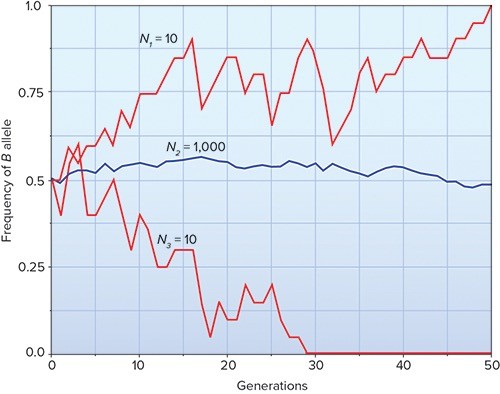Fossil evidence places the origin of angiosperms in the early Cretaceous period, at least 130 million years ago. By 100 million years ago, all of today's major lineages of angiosperms had evolved. Angiosperms make up 95% of all modern plants species. Which of the following may help explain the rapid success of angiosperms?
A. use of the wind to disperse pollen and seeds
B. use of flowers and fruits to protect and disperse both pollen and seeds
C. use of the wind to disperse spores
D. use of water to disperse pollen and seeds
E. All answers are correct.
Answer: B. use of flowers and fruits to protect and disperse both pollen and seeds
You might also like to view...
The Sun has a stronger effect than the Moon on tides
Indicate whether the statement is true or false
A glucocorticoid binding to its receptor stimulates
a. phosphorylation of a transcription factor protein that activates a gene. b. formation of a receptor dimer that triggers an intracellular signal pathway. c. formation of a receptor dimer that binds to and activates a gene. d. binding of the receptor monomer to a gene.
The figure below shows three mouse populations and their associated changes in the frequency of B, the allele for dark fur. The recessive b allele codes for white fur. After 20 generations, in which population would you be most likely to encounter a white mouse? 
A. N2 B. N3 C. There is an equal probability of encountering a white mouse in all three populations. D. There is an equal probability of encountering a white mouse in populations N1 and N3 and this is higher than in N2. E. N1
Select all examples of cells that are prokaryotic:
a. Fungal cell b. Animal cell c. Archaeal cell d. Bacterial cell e. Plant Cell